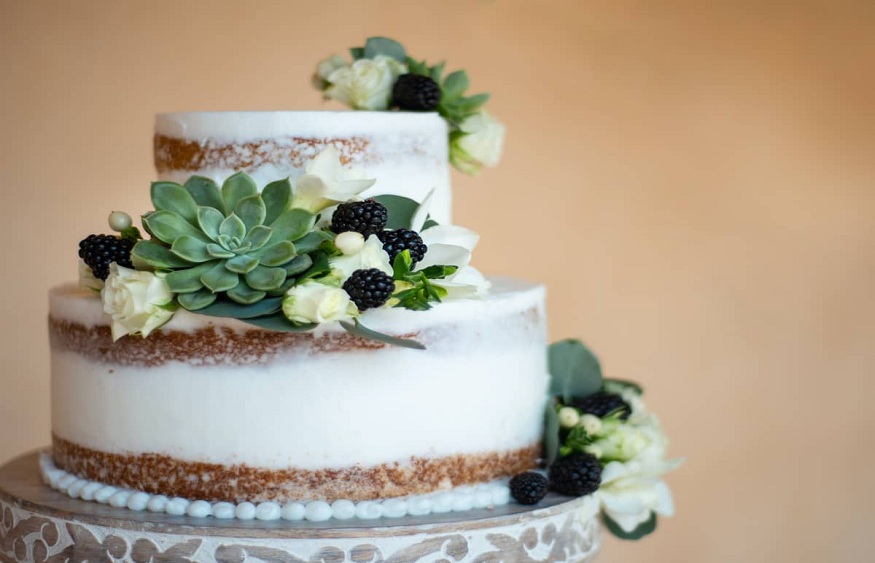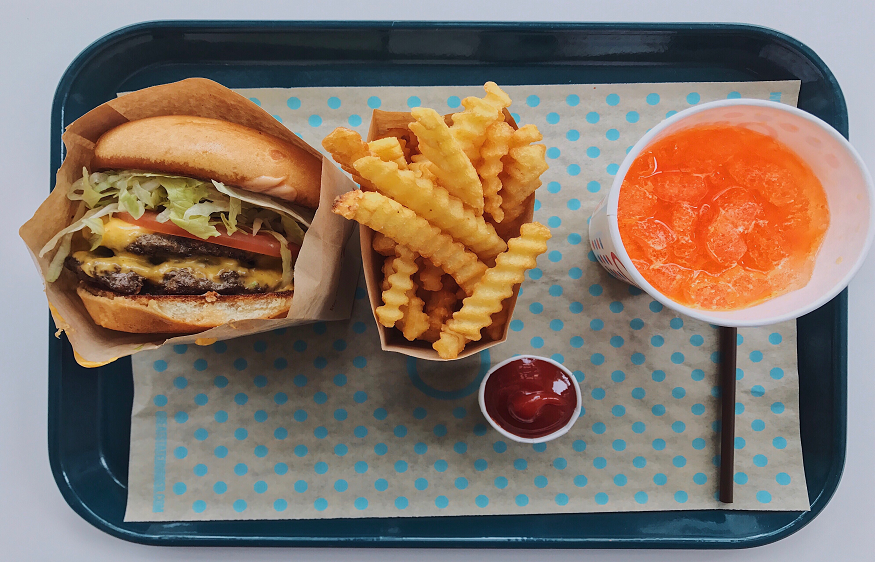Have you ever wondered why most wedding cakes have multiple tiers or why the first slice is so ceremoniously cut? Numerous age-old wedding traditions are centred on the couple leading a virtuous life. Consult this comprehensive guide to traditional wedding cakes to learn more about these customs.
Why do wedding cakes have a long history?
A large, aesthetically pleasing cake is the most common wedding delicacy. As with many other wedding traditions, consuming cake dates back centuries, to ancient Greece and Rome. Historically, the cake represented the bride’s commitment to her spouse and good fortune for the coupling.
Guests and the couple did not savour a delectable cake with a sweet frosting after dinner in those days. Instead, the betrothed would smash a barley or wheat confection over the bride’s head. In some traditions, the couple would then consume the remnants to ensure their marriage’s success further.
By the 16th century, this “cake” had evolved into a wedding pudding containing oysters, pine nuts, and unsavoury lamb portions. Thankfully, this did not endure; instead, society gravitated towards fruitcakes. Our preference for delicacies continued to evolve over the years, and we eventually had cakes as sweet as the couple’s affection.
Cake tiers.
While your wedding cake can have as many tiers as the confectioner can arrange, tradition dictates that there are three. In the 19th century, couples saved the upper tier for their first child’s christening shortly after the nuptials. Guests would savour the middle layer following the event, while the bottom layer would be served during the ceremony.
Maintaining your cake.
Many couples today save the top tier of their wedding cake for their first anniversary. In order to accomplish this, keep the following steps below in mind:
- Cover the entire confection with multiple layers of plastic wrap.
- Ensure there are no air pockets when packaging the cake, as this will cause it to dry out.
- Add two layers of aluminium foil for added protection to the cake.
- Keep the cake in a Pyrex container or another freezer-safe container.
Most bakers advise removing the cake from the freezer on the morning of your anniversary so that it can defrost. Typically, the cake will take at least two hours to reach room temperature. Bringing it out on the morning of your anniversary guarantees that your dessert will be delicious that evening.
The cake decoration custom.
This is an effortless way to personalise the sweet delight you serve, as couples have placed cake toppers on their wedding cakes for centuries. Many believe that the tradition of cake decorations originated with the same apprentice confectioner who created the first multilayered cake. The unique cake was successful, and we continue to serve multilayered cakes with embellishments today.
Choosing your topper.
There are numerous topper options available. Some prefer a ceramic couple to represent themselves, while others prefer a heart. Other notable bestsellers include:
- Your family initial
- A short romantic phrase
- and Mrs.
- Flowers
- Lovebirds
Additionally, you could have a ceramic or wooden depiction of a subject of interest. If you both adore animals or have a pet, you could place a figurine of your pet on top of the cake.
The custom of cutting the cake.
The carving of the wedding cake is an entertaining tradition that keeps all eyes on the couple. Relatives admire and take photographs as you and your significant other savours the delicacy. As with many wedding traditions, this one extends all the way back to the Victorian era. Historically, only the betrothed would carve the cake, as it represented purity. After slicing it, she would distribute portions to her companions.
After slicing the cake, the couple typically shares a piece as a symbol of their affection for one another. This demonstrates that you are a team prepared to share the pleasures of life together.




